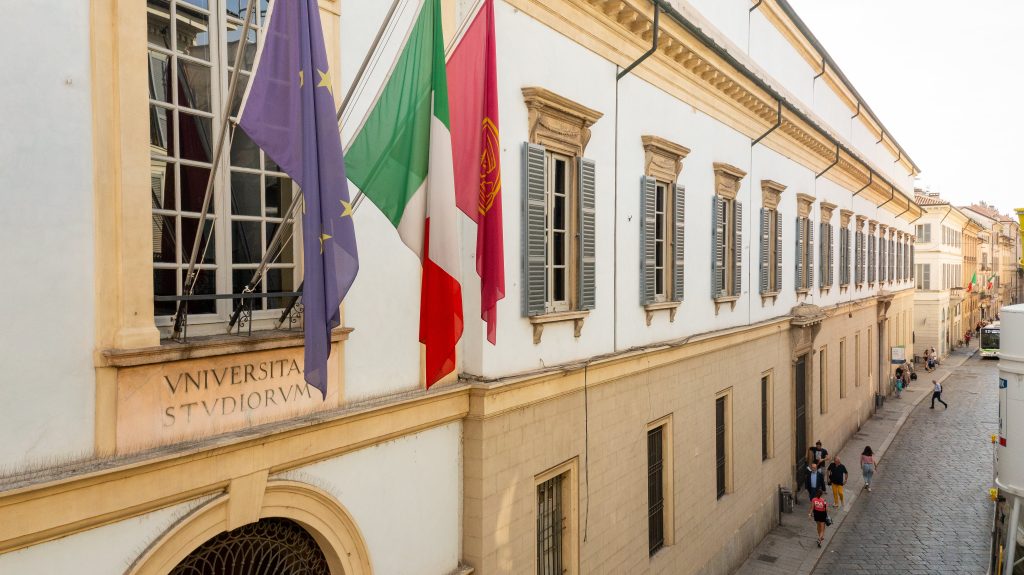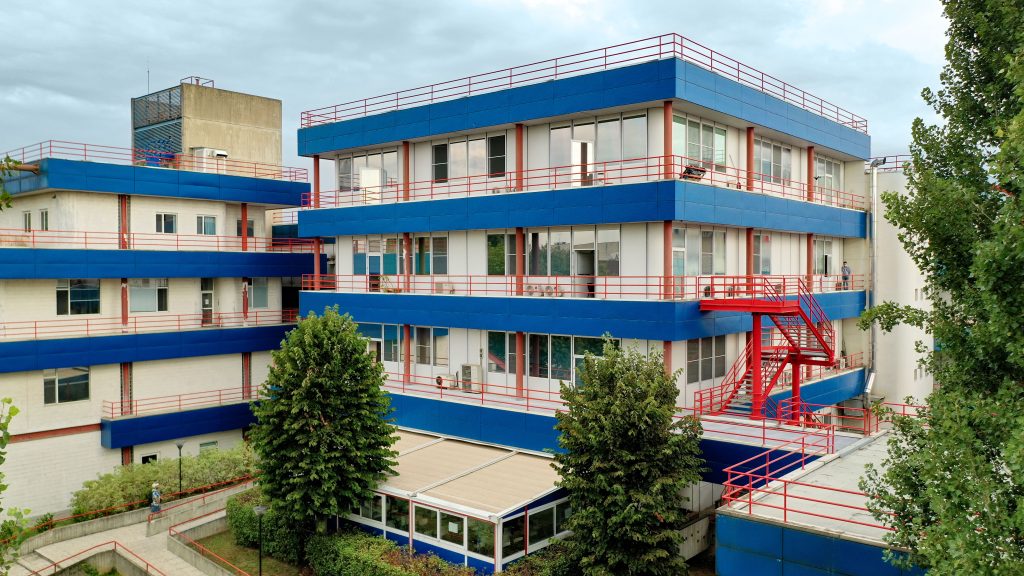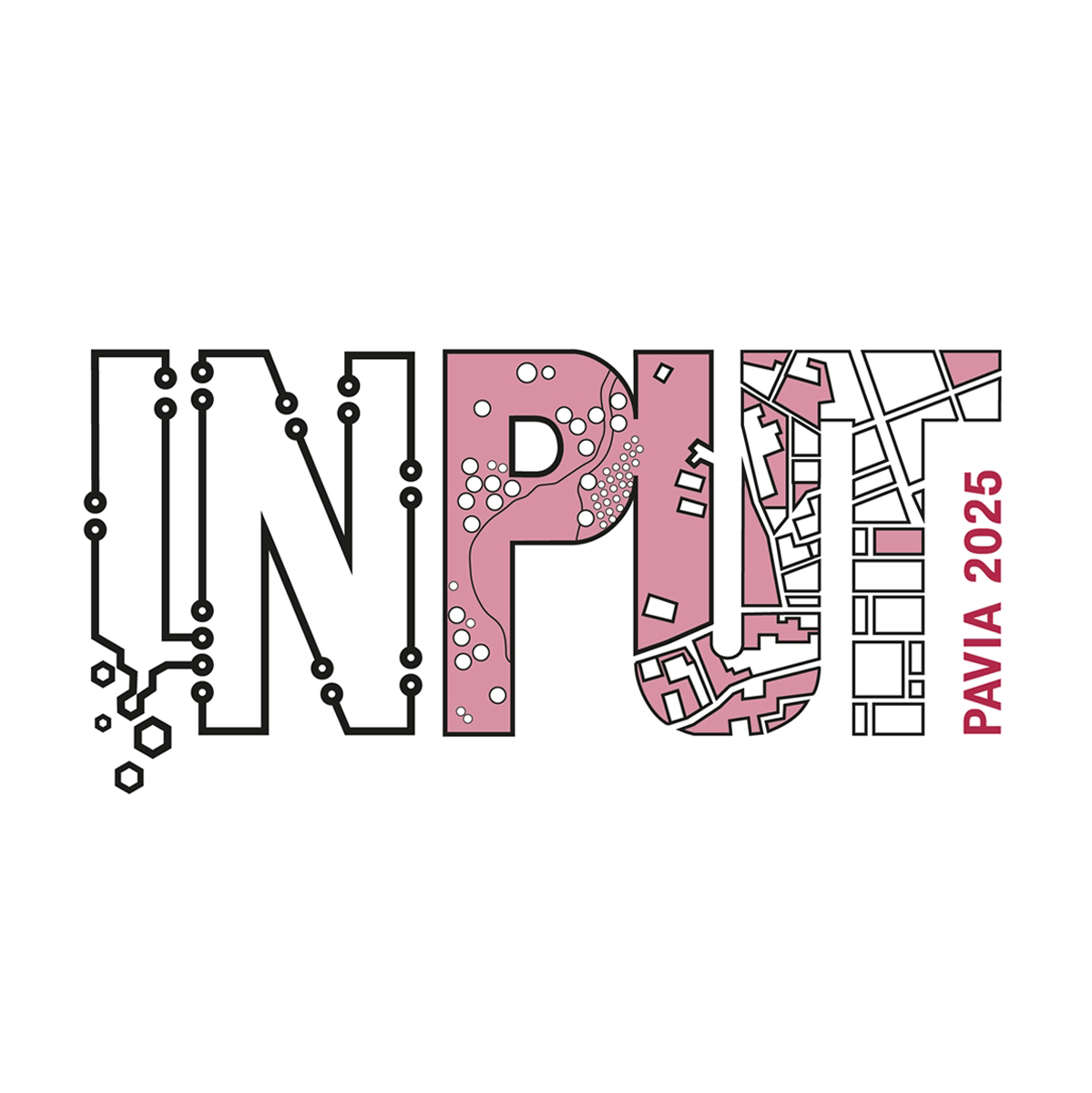
The University of Pavia is one of the oldest universities in Europe, with roots dating back to 825, when Emperor Lothair established a school of rhetoric in the city. It officially became a Studium Generale in 1361, attracting students from across the continent for its renowned law and humanities programs.
The university flourished in the 18th century under the reforms of Maria Theresa and Joseph II of Habsburg. It has been home to many distinguished scholars, including Gerolamo Cardano (mathematics and mechanics), Lazzaro Spallanzani (natural sciences), Alessandro Volta (physics and electricity), and Camillo Golgi, who won the 1906 Nobel Prize in Medicine. Two other Pavia professors, Giulio Natta (chemistry) and Carlo Rubbia (physics), have also received Nobel Prizes.
Today, the University of Pavia is a research-oriented institution with 18 departments, 85 degree programs, and a strong international network. It supports over 24,000 students across its Pavia and Cremona campuses, offering personalized career guidance, 400+ international agreements, 700+ Erasmus partnerships, and extensive internship opportunities. Unique in Italy, its 18 university colleges create a dynamic and interdisciplinary learning environment, preparing students for global careers.

The Department of Civil Engineering and Architecture (DICAr) is one of the two engineering departments at the University of Pavia. It comprises over 40 faculty members and more than 100 researchers, postdoctoral fellows, PhD students, and scholarship holders.
The department is located at the Scientific Campus on Via Adolfo Ferrata, commonly known in Pavia as “La Nave” due to the distinctive shape of its buildings. It is easily accessible by public and private transport, both from the historic center and the city’s ring road. The campus features modern classrooms equipped for digital learning, study areas, numerous offices, large laboratories (some with unique facilities in Italy), a library, and a cafeteria, ensuring an optimal study and research environment for students and scholars.
DICAr is divided into three sections: “Architecture and Territory,” “Hydraulics, Environment, and Energy,” and “Structures and Materials,” each further organized into research units and laboratories. The research carried out within these sections covers both traditional and cutting-edge topics in Civil Engineering, Environmental Engineering, and Architecture.
The department’s research activities directly enhance its educational offerings, which currently include:
- The Bachelor’s Degree in Civil and Environmental Engineering;
- The Professional Bachelor’s Degree in Digital Technologies for Construction, Environment, and Territory;
- The Master’s Degrees in Civil Engineering, Environmental and Land Engineering, and Civil Engineering for Mitigation of Risk from Natural Hazards (taught in English);
- The Single-cycle Master’s Degree in Building Engineering-Architecture.

UPLab – Urban Project Laboratory – is a research (study of territorial and urban phenomena and planning tools), teaching laboratory (PhD and master theses, lectures and internship activities) and, at the same time, it carries out scientific consultancy on environmental and urban planning issues. Professors, researchers, PhD students collaborate together on the various research topics by publishing numerous articles every year in national and international scientific journals as well as educational books, monographs and participating in the scientific community actively.
UPLab’s activity is mainly framed in the European Research Council (ERC) SH2 Institutions, Values, Environment and Space sector: Political science, law, sustainability science, geography, regional studies and planning and secondly, in the SH3 The Social World, Diversity, Population sector and in the PE6 Computer Science and Informatics sector, for simulation and definition of territory interpretation models.
Therefore, considering cities as complex systems, the core aspects are the cultural approach related to flexibility and the study of planning instruments. The application of smart devices and multidisciplinary ICT models is applied to environmental quality of settlements and to risk analysis, that is practiced to natural or anthropic events and to healthy city.
